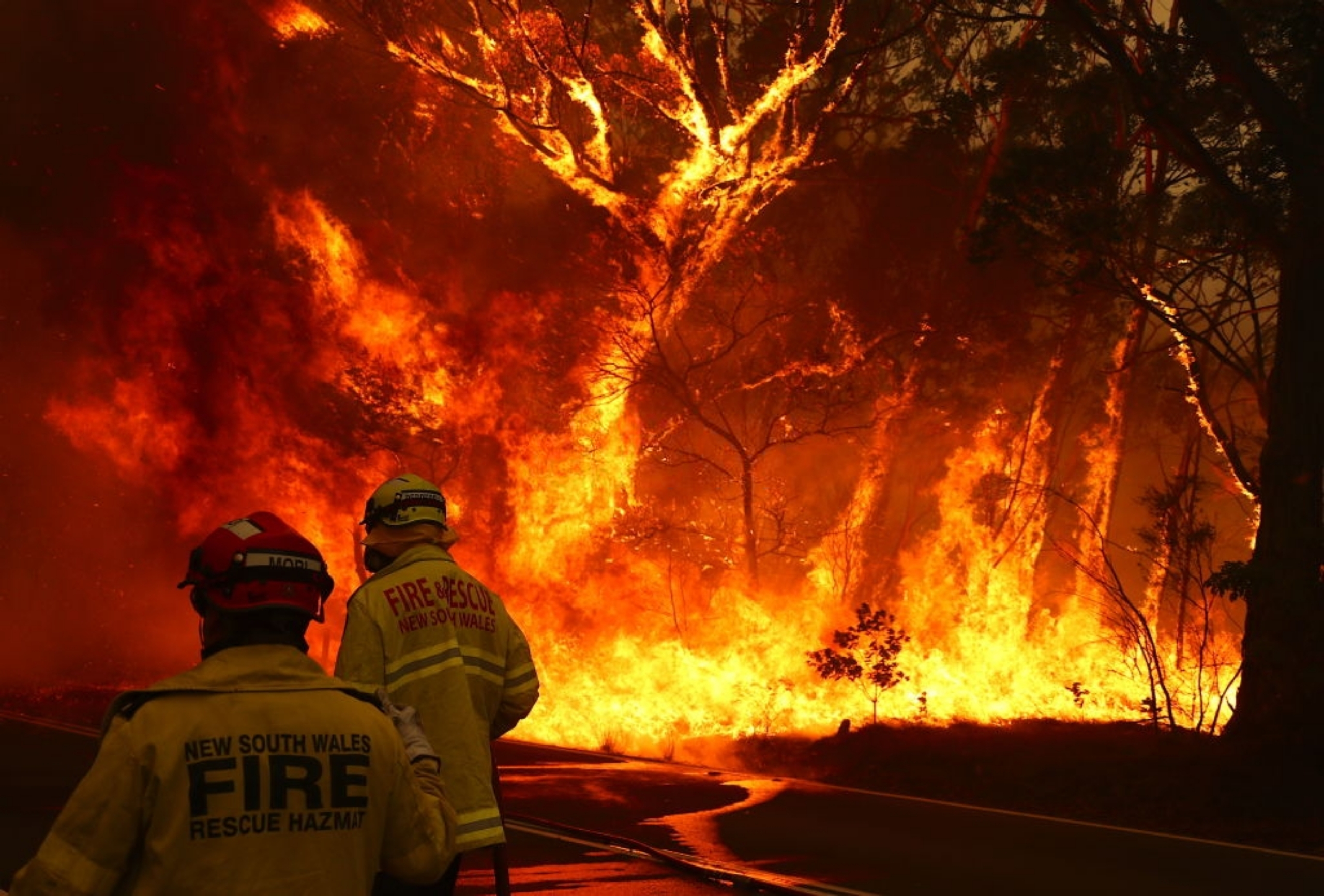Opening the Secrets of Bushfire Risk Assessment: The Role of a BAL Report
Opening the Secrets of Bushfire Risk Assessment: The Role of a BAL Report
Blog Article
Exactly How BAL Record Impacts Bush Fire Security Actions
In the realm of bush fire security, the Structure Assault Level (BAL) record stands as an essential device that dramatically affects the safety and security and strength of properties in fire-prone areas - BAL Report. The influence of a BAL analysis expands much past simple paperwork; it acts as the keystone for identifying the appropriate building and construction standards and fire security procedures essential to minimize the risks positioned by bushfires. As neighborhoods come to grips with progressively extreme fire periods, recognizing just how the BAL report shapes these safety procedures comes to be paramount for policymakers, contractors, and property owners alike
Comprehending the Bushfire Strike Degree
Significance of BAL Report Assessment

Moreover, the BAL report evaluation acts as a fundamental action in following legal responsibilities and needs associated with bushfire protection. Local councils and authorities usually mandate the submission of a BAL record as component of the planning and building approval process to make certain that homes are effectively guarded versus bushfire dangers. Falling short to perform an extensive BAL record analysis can result in insufficient defense measures, leaving buildings susceptible to ravaging bushfire occurrences.
Building Specifications Based on BAL
A thorough understanding of the Bushfire Strike Degree (BAL) allows property proprietors to execute building and construction criteria customized to their certain threat account. Building standards based upon BAL are critical in minimizing the influence of bushfires on residential or commercial properties. The BAL ranking classifies the prospective threat a property encounters throughout a bushfire on a scale from BAL-Low to BAL-FZ (Fire Area) Each BAL degree represents certain building requirements outlined in the Australian Common AS3959-2018 Construction of Structures in Bushfire-Prone Areas. For example, buildings categorized as BAL-Low may just need basic actions such as removing particles and preserving gardens, while those in higher BAL classifications need even more robust steps like cinder displays, fire-resistant materials, and sealed windows. Following these building and construction standards not just boosts the structural strength of the residential property but additionally enhances the total safety and security of citizens during a bushfire event. Therefore, homeowner have to very carefully consider their BAL ranking and abide with the corresponding building standards to adequately protect their owners and homes.
Applying Fire Protection Actions
With the structure of building standards based upon Bushfire Assault Level (BAL) in position, the focus now moves towards the sensible application of fire protection measures to fortify properties versus bushfire risks. Carrying out fire security actions includes a mix of passive and active approaches to improve the resilience of buildings in bushfire-prone locations. Passive procedures include making use of fire-resistant structure materials, setting up cinder guards on vents, look at these guys securing gaps in roof coverings and walls, and preserving a clear room around the property devoid of combustible plants. Active procedures incorporate having firefighting equipment easily offered, such as hose pipes and water pumps, along with creating a defendable space around the property by getting rid of plant here are the findings life and having a well-maintained garden. In addition, creating an emptying strategy and ensuring all citizens recognize emergency treatments are important elements of reliable fire defense steps. By incorporating both passive and energetic approaches, residential or commercial properties can dramatically reduce their vulnerability to bushfire incidents and increase the safety of passengers.
Shielding Homes Versus Bushfires
Properly safeguarding homes versus the destructive impacts of bushfires requires a extensive and positive method to fire security measures. In addition, securing spaces and vents to stop cinder intrusion, as well as including fireproof doors and home windows, can aid strengthen the home's defense versus bushfires. By welcoming an aggressive position and incorporating these protective procedures, property owners can considerably enhance their chances of guarding their homes versus bushfires.
Final Thought
In verdict, the Bushfire Attack Level (BAL) record plays a crucial function in establishing the required defense procedures versus bushfires. Executing fire security measures based on the BAL report is necessary in securing homes from possible bushfire threats.
In examining bushfire threat to buildings, understanding the Bushfire Attack Degree (BAL) is a vital part for applying effective protection actions. Generally, a clear understanding of the Bushfire Strike Level is vital for implementing sufficient protection steps and alleviating the effect of bushfires on homes.

Report this page